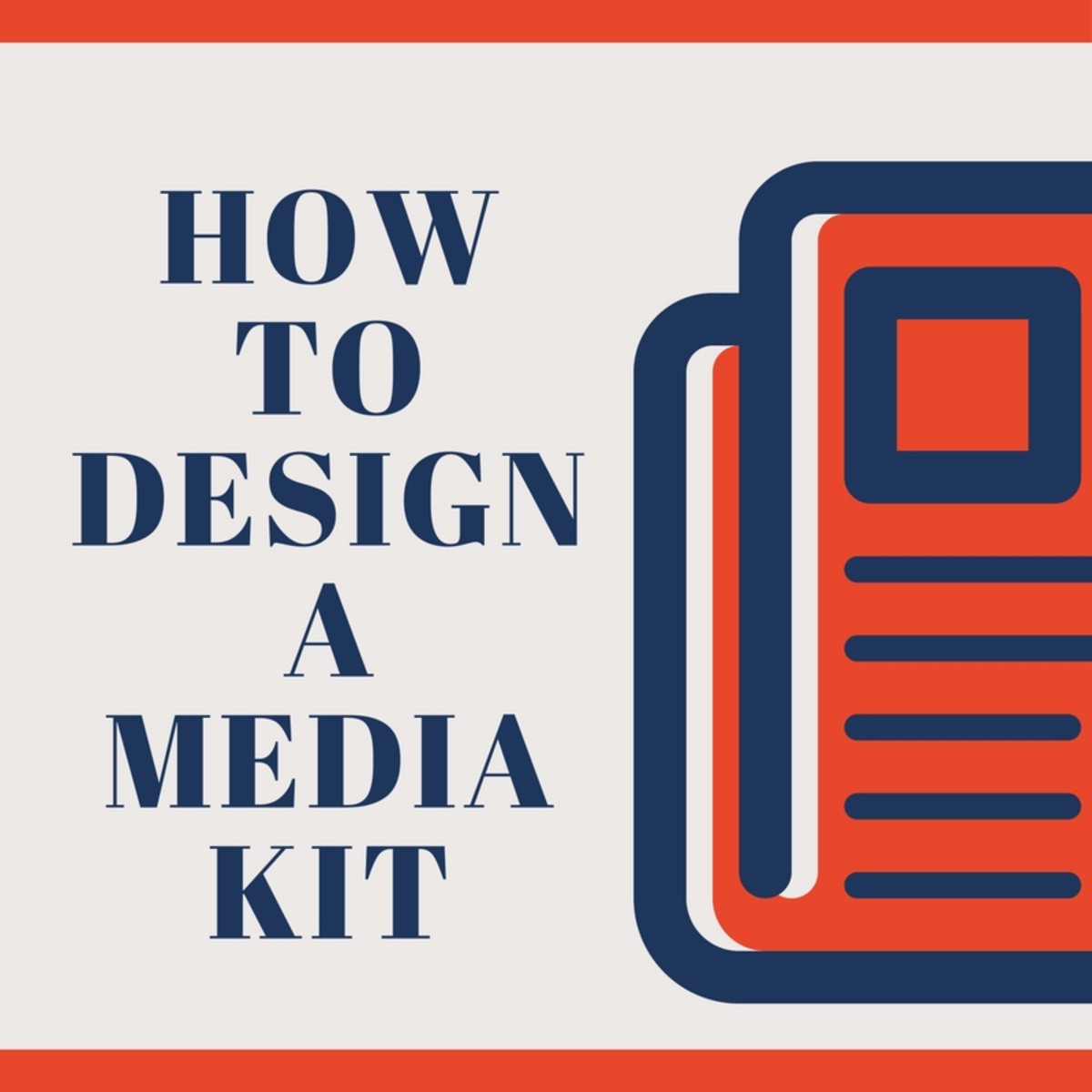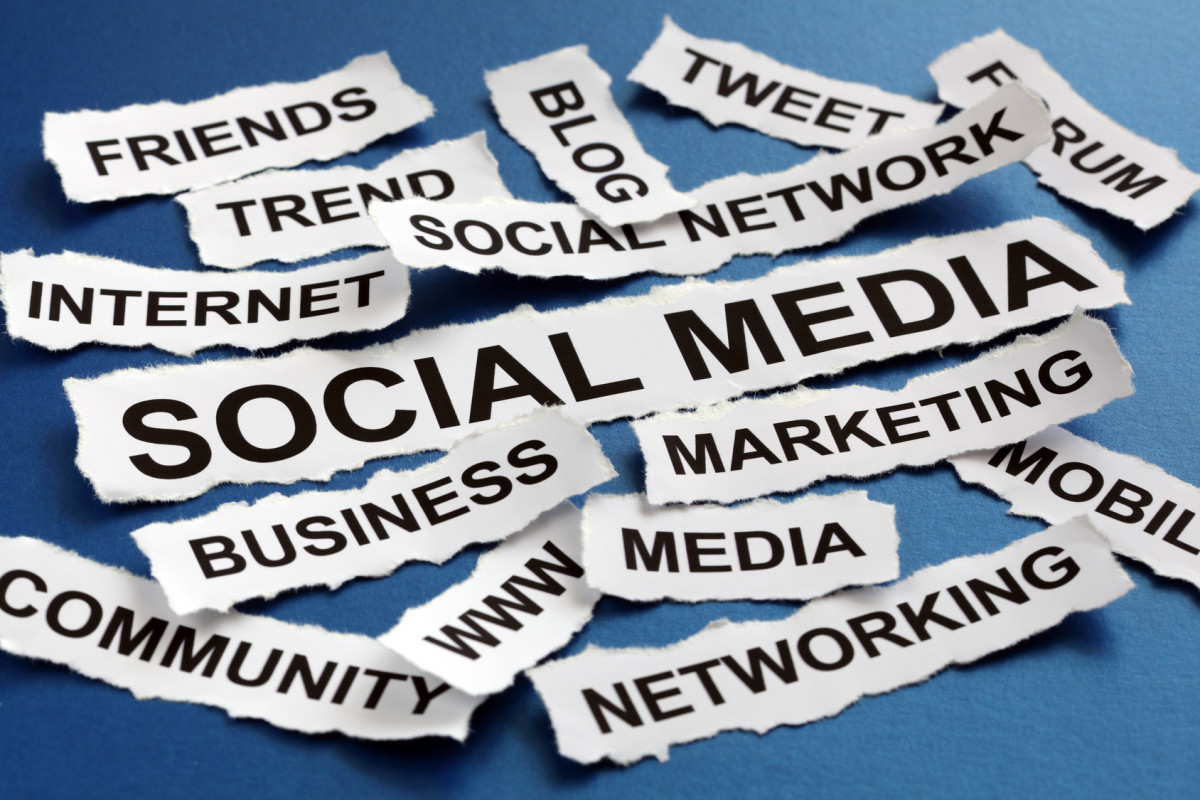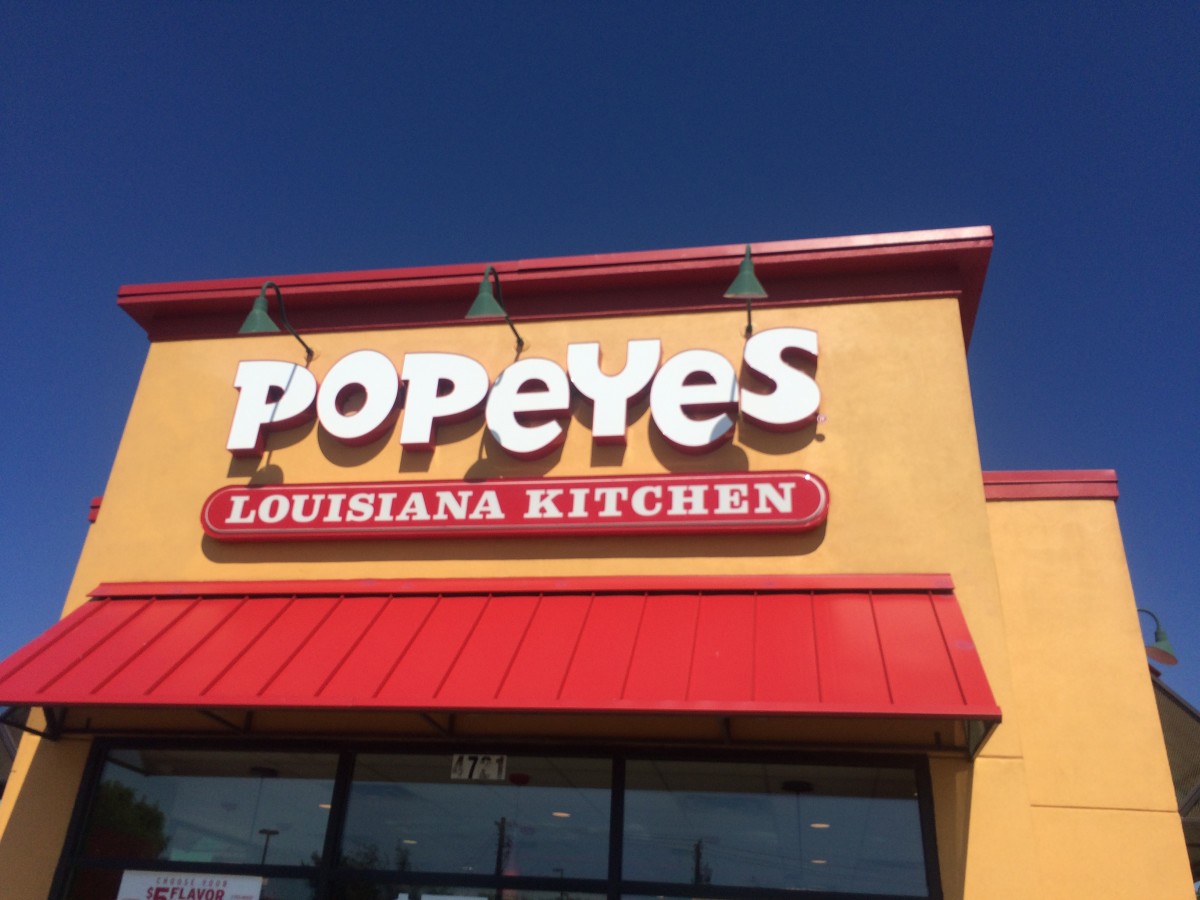What PR Is and What it Is Not & Should Violence be Censored in the Media?
Do you think violence should be censored in the media?
When considering if violence should be censored in the media there are multiple aspects to consider. I believe that the reason the violence is being shown and the location of the media are the most important aspects to be considered when deciding on censorship in the media. For instance, I believe violence should only remain uncensored if it is to prove a point or an integral aspect of the story. I also believe that violence should only be shown in adult media in order to reduce the risk of a child being exposed to it. In print media violence should never be on the cover of anything and if there are violent images in print media there should be a warning on the cover of the publication. In the case of televised media there should be a warning before any violence is shown and the violence should not be shown on channels that a child might be watching. When possible I believe that uncensored violence should only be shown after 10 pm and before 6 am as those are the hours where most young children are asleep. For radio media most violence is already somewhat censored due to the lack of images, however if the host decides to describe violence in an uncensored manner then there should be a warning before the host begins the description. Radio media that discuss violence should be limited to news stations only; these stations should make sure to regularly announce that their channels is meant for an adult audience since a member of the public could tune in at any time. While I do believe that violence should be censored in the media, I do not believe violence will ever be fully censored because of the interest violence draws towards a story. However, I feel that the media should do a better job in keeping violence away from children due to the psychological impact it could have on a developing child.
Journalism and public relations often operate as part of a symbiotic relationship that can be successful in accomplishing goals in both the world of journalism and the world of public relations.Explain how public relations differs from journalism.
Public relations and journalism both involve the news media and the public, yet they are both two completely different areas. Public relations, is a field that if often difficult to define, Renée A. Prejean-Motanky defined it as a discipline that monitors reputation, with the goal of earning understanding and support in order to influence opinion and behavior (Harrower, 2013, p. 194). Public relations is the planned and sustained effort to create and sustain good will and mutual understanding between an organization or company and the general public (Harrower, 2013, p. 194). While public relations focuses on reputation, journalism is the business and craft of producing content for the news media (Harrower, 2013, p. 327). Public relations professionals work to influence the public, while journalists work to inform the public.
A public relations professional could be responsible for writing news releases, organizing news conferences, coordinating crisis communications, crafting an organization’s public identity, planning the launch of new products and services, producing newsletters and media for employees, sponsoring tours, exhibitions and special events, attending conferences, delivering speeches, acting as an organization’s spokesperson, and/or training other to work with the media (Harrower, 2013, p. 194). A journalist could be responsible for either a specific beat like business, family, education, sports, crime, science, technology, and/or living city life.
—more—
A journalist might also be assigned to cover stories from different beats depending on current events. A journalist might be required to investigate stories, interview people involved in the story, act as an editor, create a broadcast script for radio or television, and/or post about a story on social media. The main difference between being a public relations professional and a journalist is the way in which the person writes. A public relations professional’s job is to influence the public or the public image of a company or organization; the journalist’s job is to simply inform the public without bias.
A journalist serves the public while a public relations professional serves the organization. A public relations professional would promote their client and advocate for a specific action, while the journalist would simply inform the public (Harrower, 2013, p. 195). While journalism and public relations are two separate fields they are also linked together closely. Public relations professionals rely on journalists for new coverage and journalists rely on public relations professionals for information, but the two always remain wary of each other (Harrower, 2013, p. 195). The main difference between journalists and public relations professionals is the purpose of their job; journalists work to inform the public while public relations professionals work to generate goodwill towards their client (Harrower, 2013, p. 195).
###
References
Harrower, Tim. Inside Reporting, 3rd Edition. McGraw-Hill Higher Education, 2013








